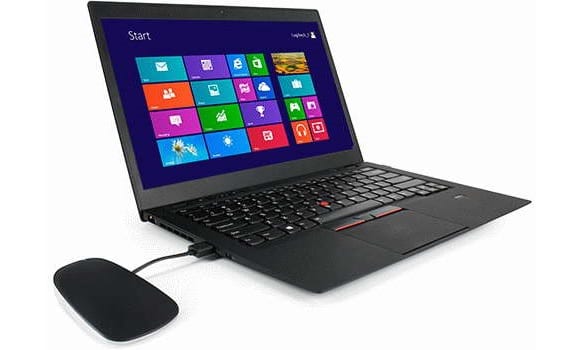
Many are the users who cannot get used to the operation of the touchpad on PCs. In fact, until relatively recently, the performance of this built-in mouse in notebooks has always been disastrous. With the arrival of Windows 10, the operation in the new laptops has improved a lot, but even so, many continue to be users who prefer to connect a mouse to be able to move freely in Windows 10. If we connect a mouse to our PC with Windows 10 , the ideal is that we deactivate the touchpad so that with any movement that we make near or on it, it does not move the cursor on the screen.
Some laptops allow us through a physical button the possibility of quickly deactivating the touch button. However, there are still many other models that for reasons of space, do not allow us to disable it with a button, so we will see forced to resort to Windows configuration options so that when connecting an external mouse, the touchpad is quickly disabled.
Although the software that can come with the mouse, allows us to carry out this option, the best way to do it is through the Windows configuration itself, performing the steps that we show you below and that do not have any complexity, ideal for those users who have the right knowledge of computer science.
- First we click on the Start button and click on the gear wheel that gives us access to the configuration.
- Next we go to Devices and in the side menu we click on Touch Panel.
- Now we just have to go to the box that allows us to enable the option Leave touch paper enabled when a mouse is connected.
By unchecking the box, whenever we connect a mouse to our PC, of whatever type and brand, the touchpad will stop working completely and will be enabled when you disconnect again.